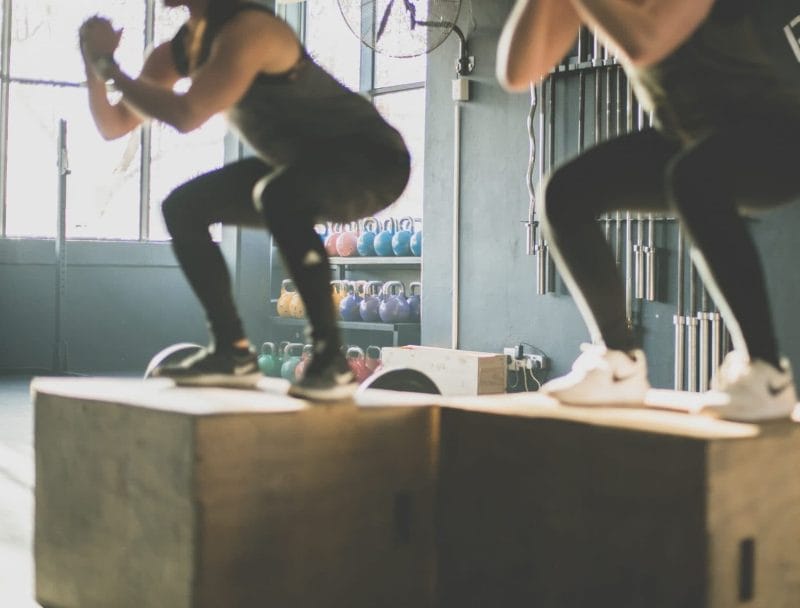There has been a longstanding debate and numerous myths surrounding whether the knees should go over the toes during squats. In this article, we aim to debunk these misconceptions and provide clarity on the topic. By examining the biomechanics of the squat, considering individual variations, and exploring the potential benefits and risks, we aim to shed light on the truth about knee position in squats.
- Biomechanics of the Squat: Understanding the biomechanics of the squat is crucial for addressing the myth about knees going over the toes. When performing a squat, the knees naturally move forward to maintain proper balance and stability. This forward knee movement allows for optimal recruitment of the lower body muscles, including the quadriceps, hamstrings, and glutes. It is a normal and necessary component of a biomechanically efficient squat.
- Individual Variations: Individual differences in anatomy and mobility play a significant role in determining the extent to which the knees can go over the toes during squats. Factors such as hip structure, ankle mobility, and body proportions can influence the range of motion and comfort level of each person. It is essential to consider these individual variations and adapt the squat technique accordingly.
- Benefits of Knees Over Toes: Allowing the knees to go over the toes in squats can have several benefits. It helps maintain a more upright torso, which reduces stress on the lower back and promotes proper alignment. Allowing natural knee movement also facilitates optimal muscle engagement and can enhance the recruitment of the quadriceps, resulting in greater muscle activation and strength gains.
- Risks and Mitigation: Contrary to popular belief, letting the knees go over the toes during squats does not automatically increase the risk of knee injury. The key is to ensure proper form and technique while maintaining stability throughout the movement. It is important to avoid excessive forward knee travel beyond a safe and comfortable range, as this can increase stress on the knee joint. Maintaining control, using appropriate loads, and focusing on proper alignment can help mitigate any potential risks.
- Individualized Approach: The ideal knee position in squats may vary among individuals based on their unique anatomical considerations and goals. Some individuals may naturally have a more pronounced forward knee movement, while others may have more limited mobility. It is crucial to find the most comfortable and mechanically efficient knee position that works for you. Experimenting with different stances, foot positions, and ranges of motion can help determine the optimal knee position for your body.
- Proper Coaching and Progression: Working with a qualified coach or trainer can provide valuable guidance and feedback on your squat technique. They can help assess your individual needs, identify any mobility limitations, and provide appropriate cues for maintaining proper knee alignment. Progressing gradually and focusing on proper technique allows your body to adapt and develop the necessary strength and mobility to support safe knee movement in squats.
Conclusion: The myth that the knees should never go over the toes during squats is debunked by understanding the biomechanics and individual variations involved. Allowing natural knee movement within a safe and comfortable range can promote optimal muscle engagement and reduce stress on other joints. By focusing on proper form, individualized approaches, and gradual progression, you can perform squats with confidence, knowing that the knees going over the toes is a normal and functional part of the movement.


